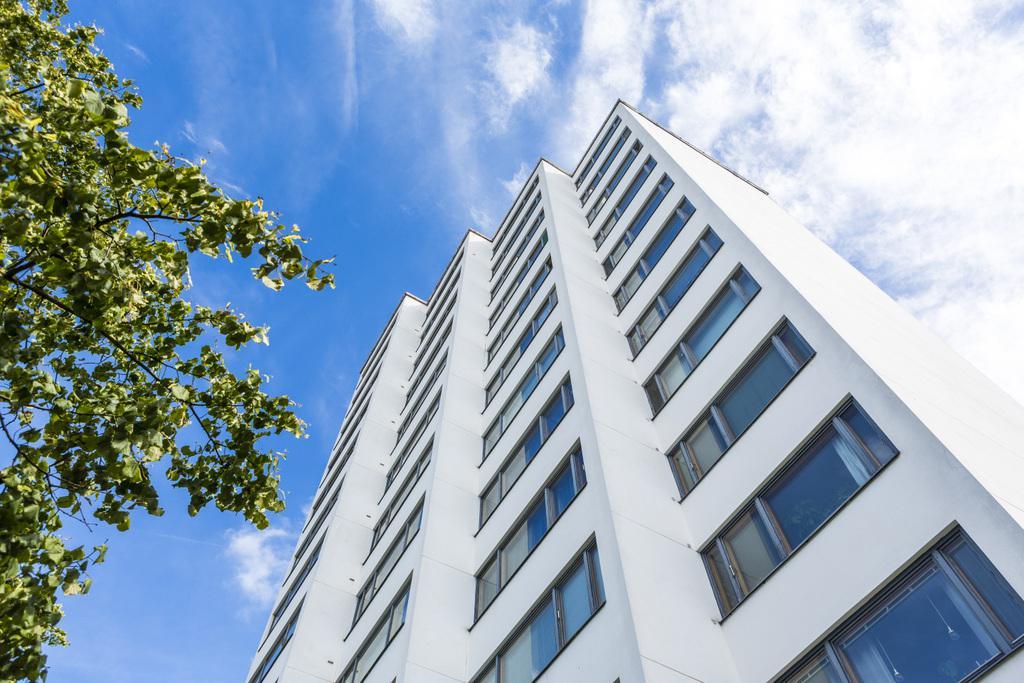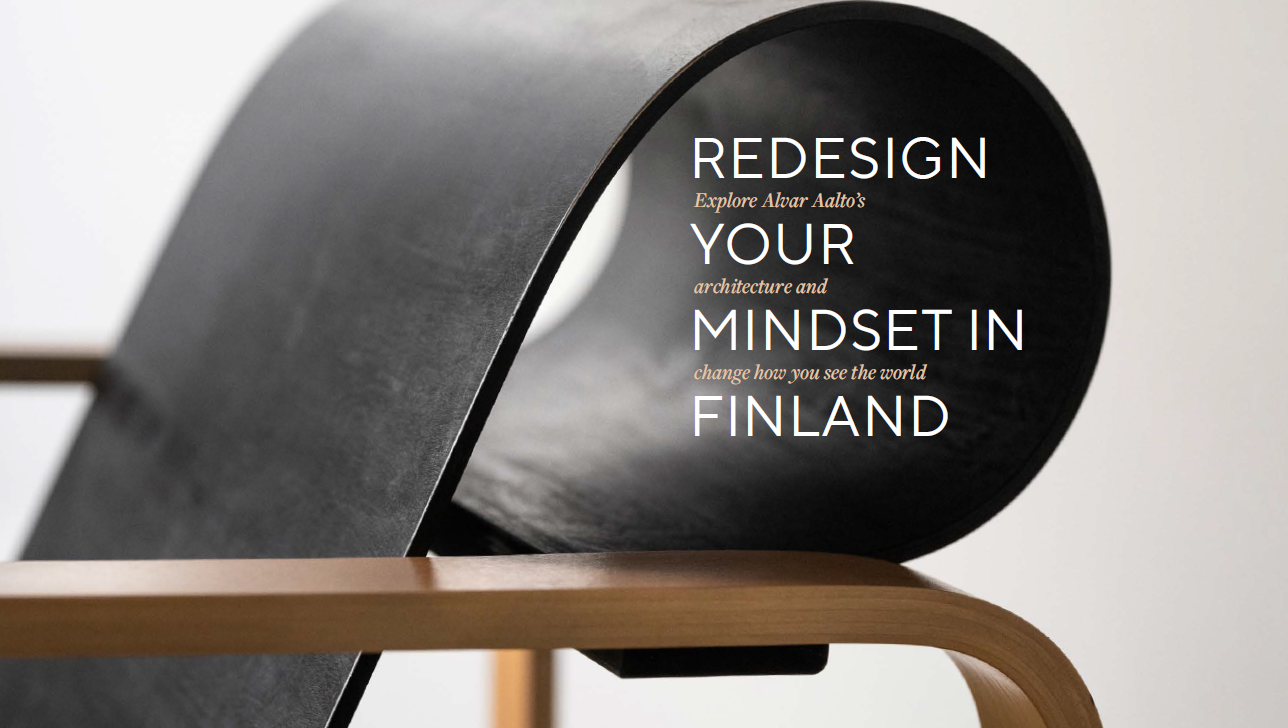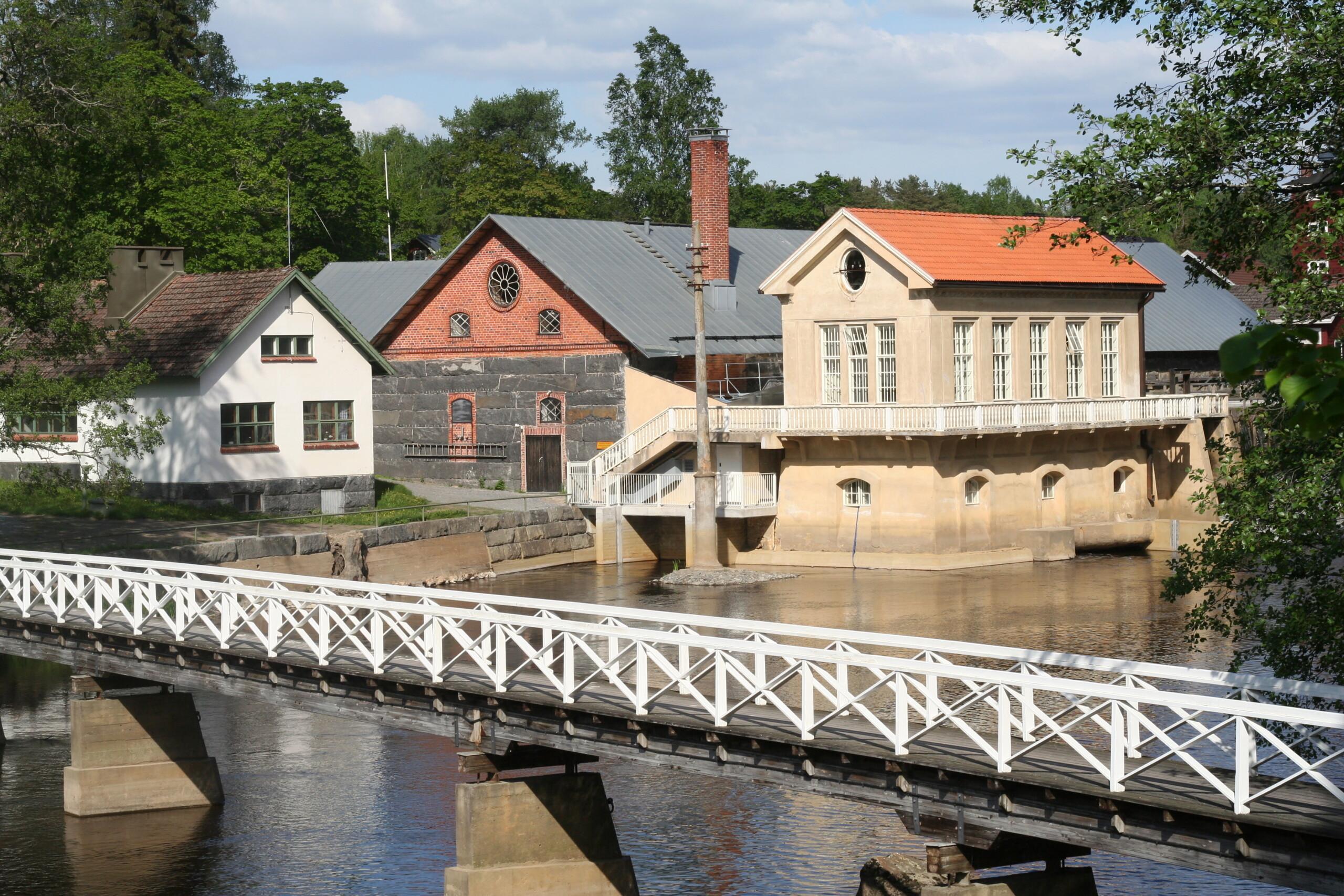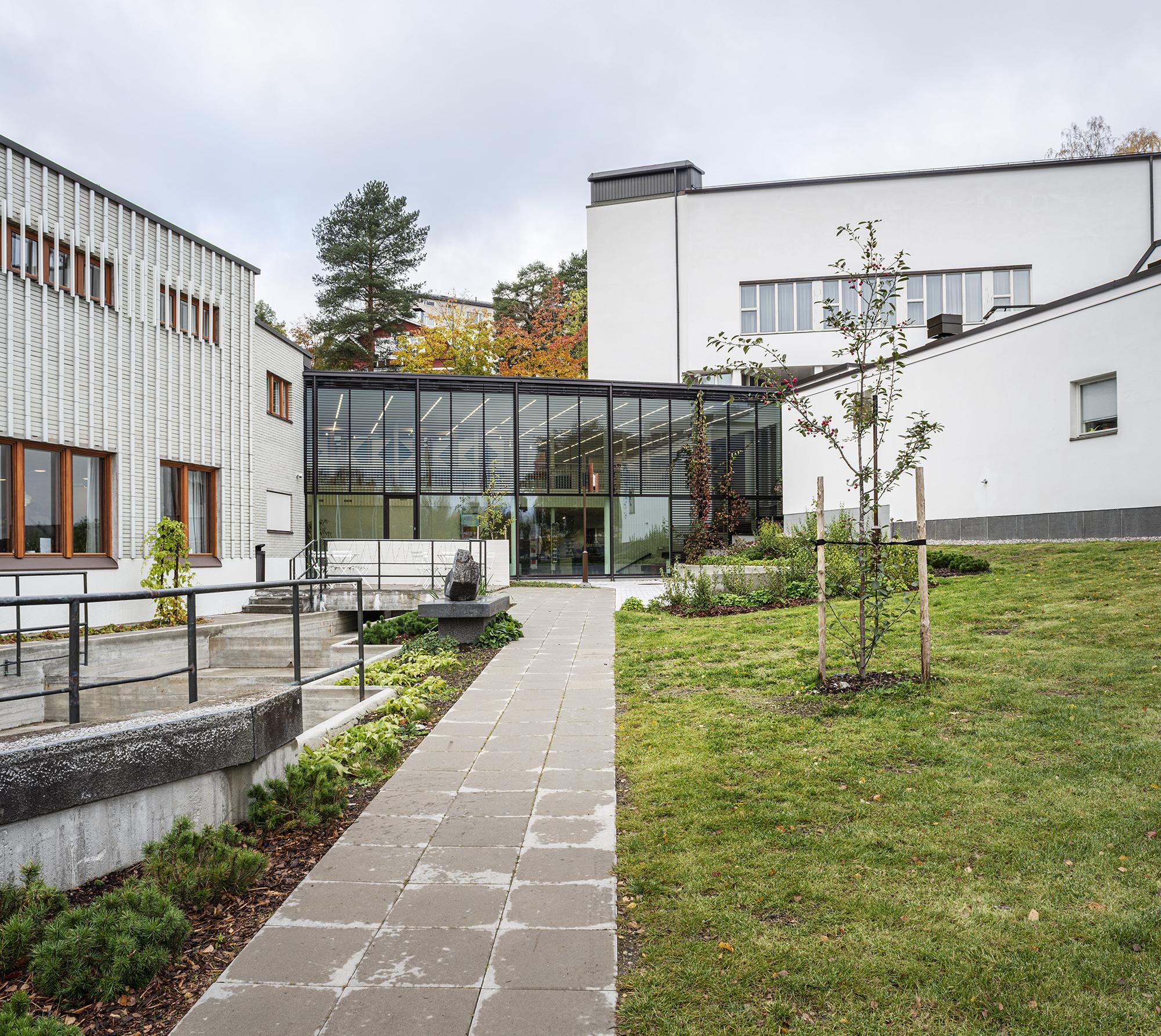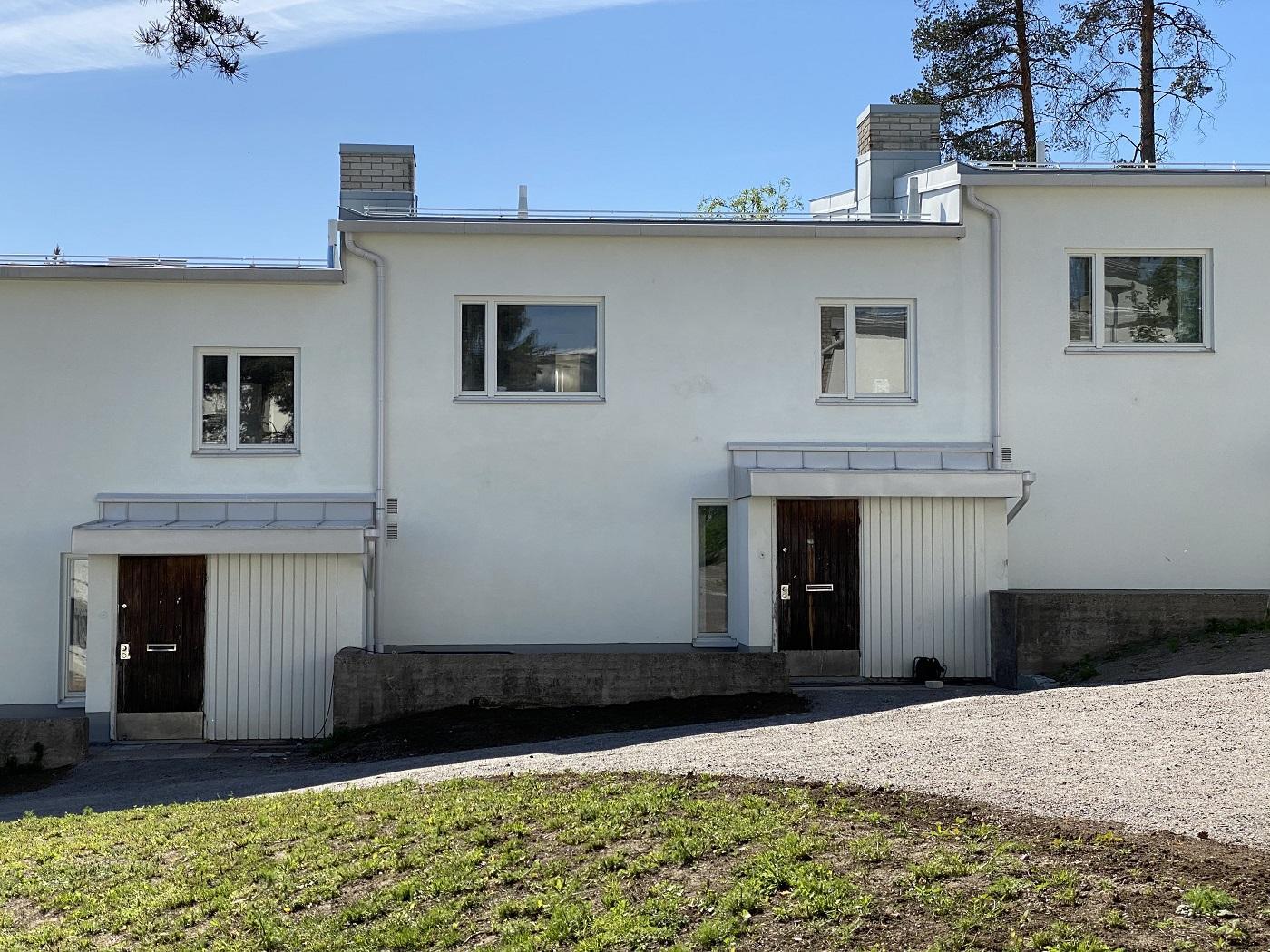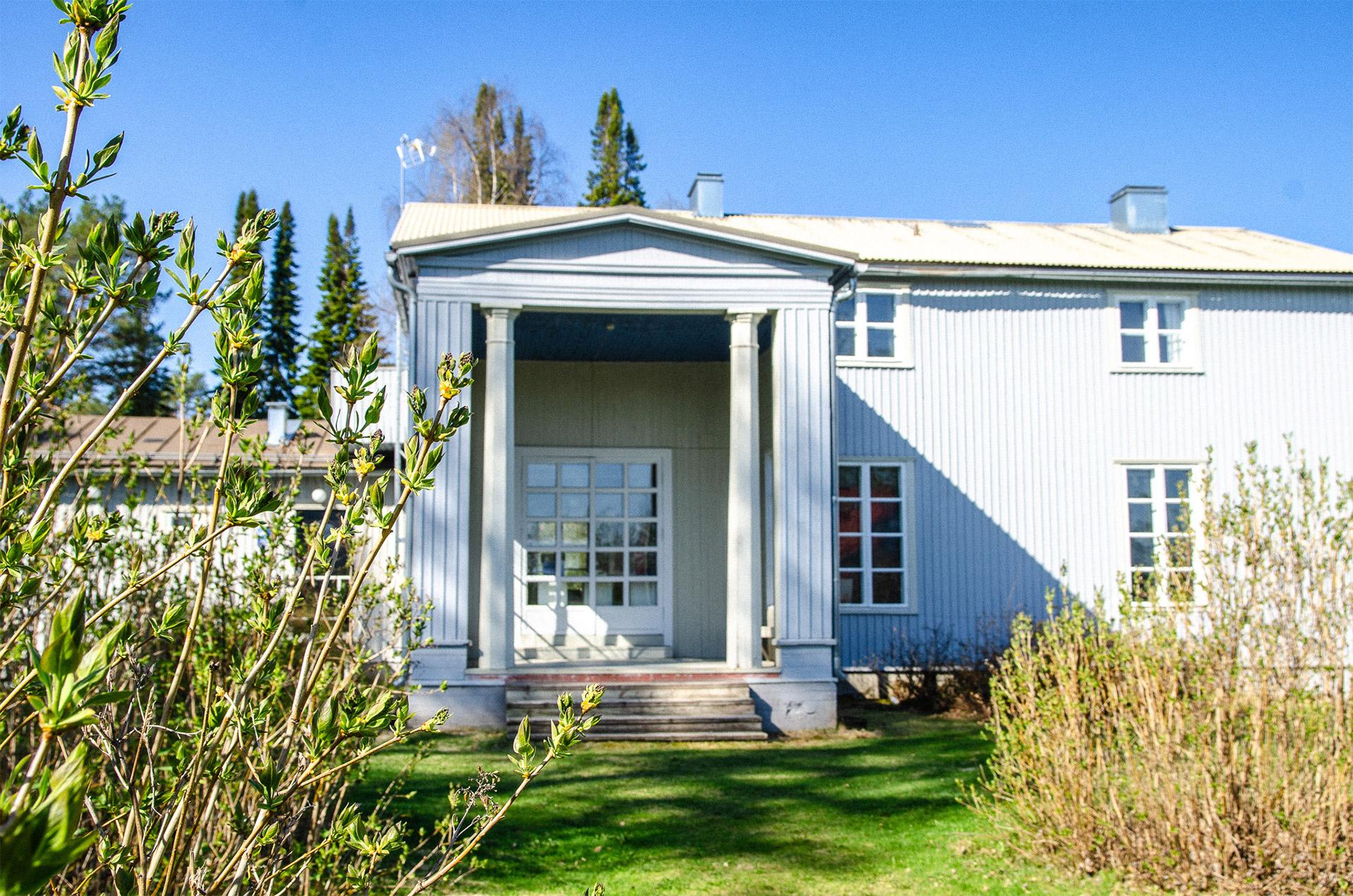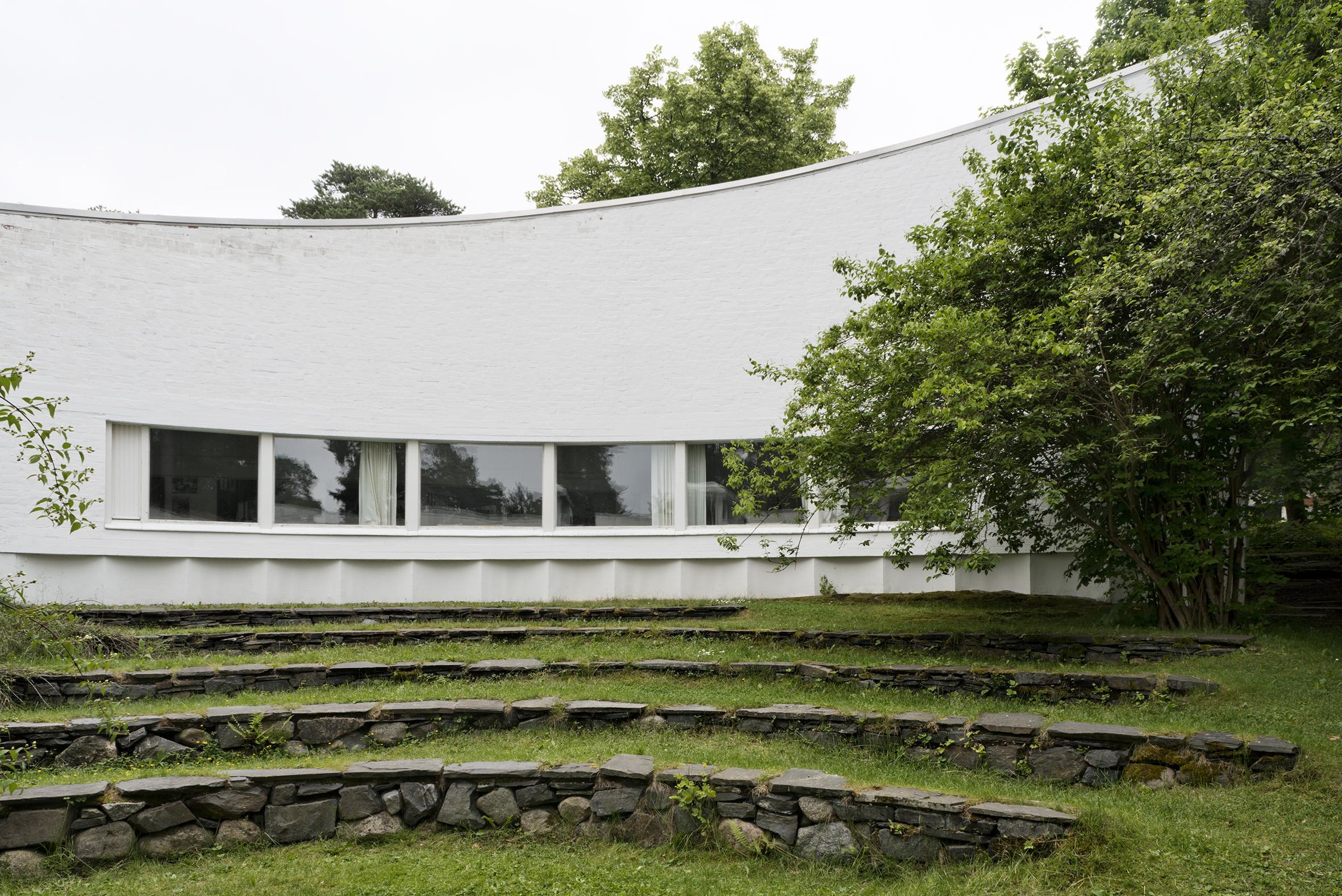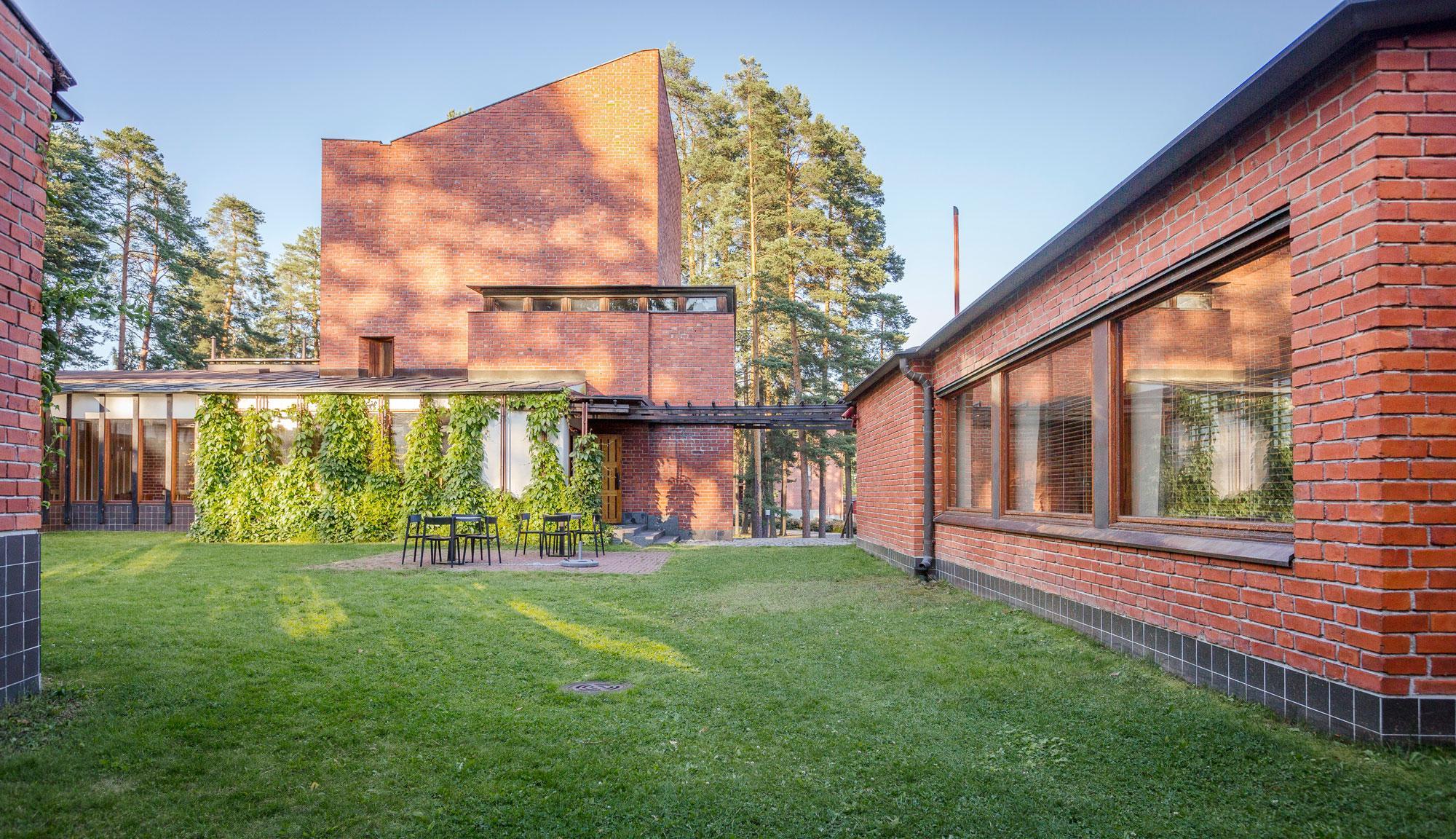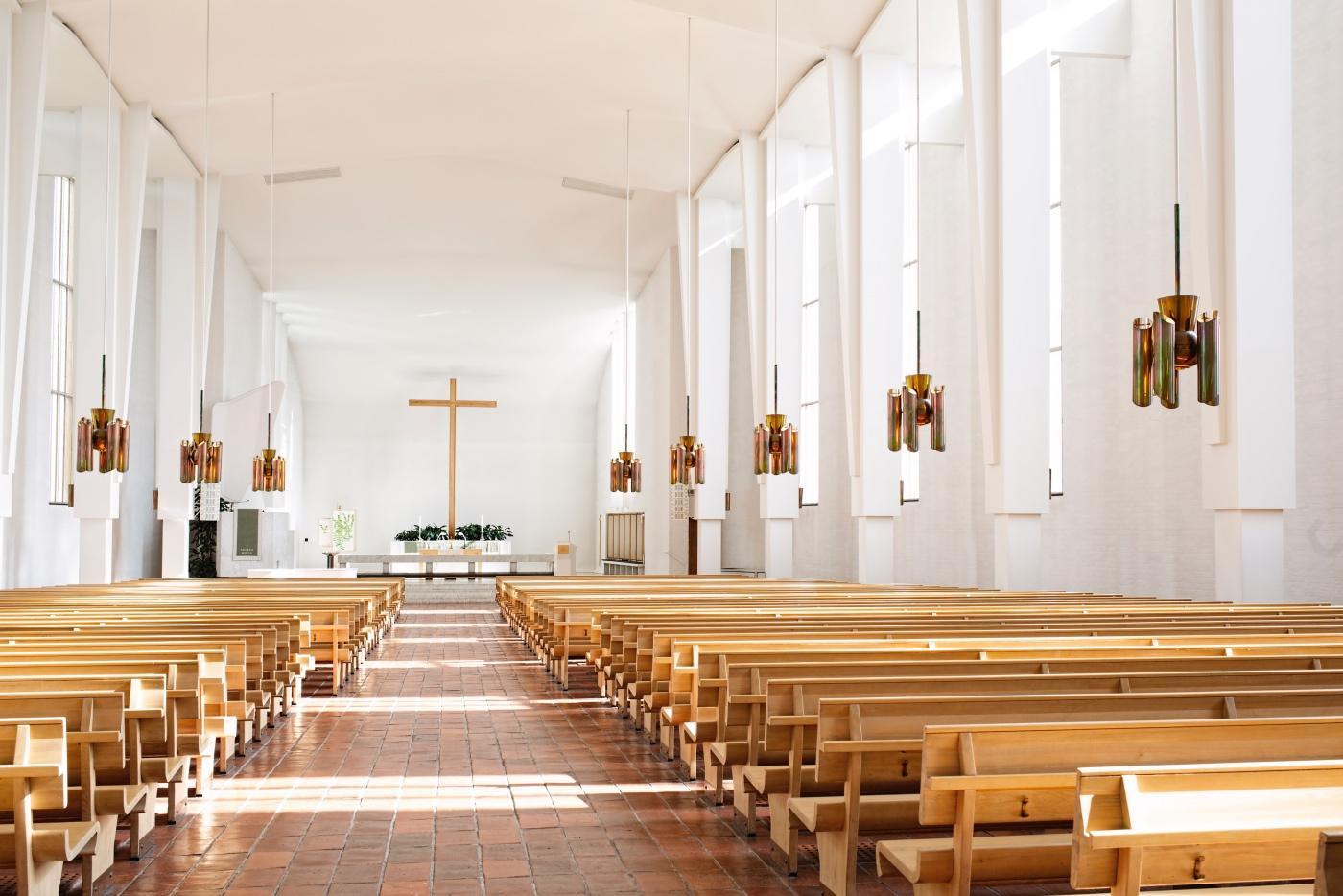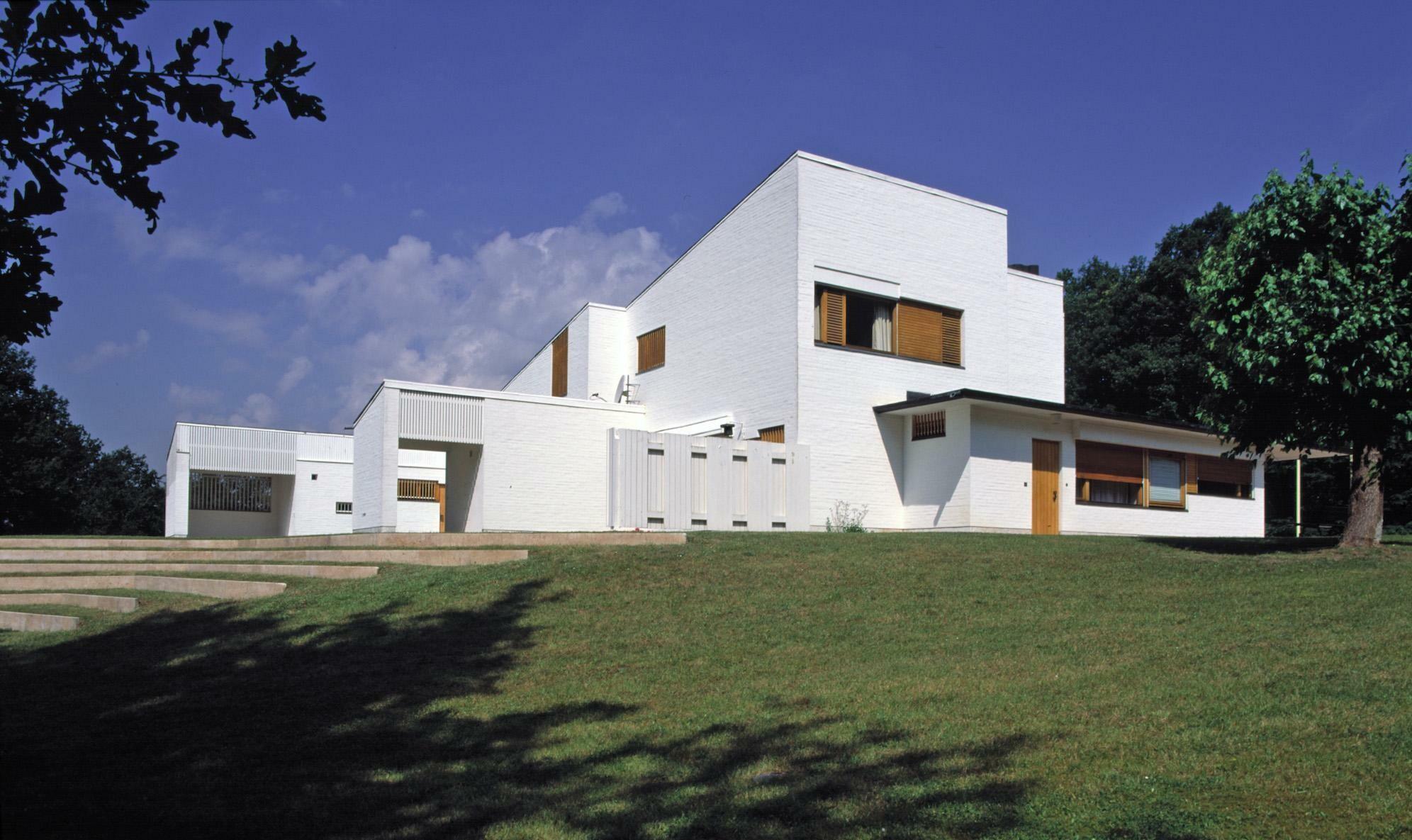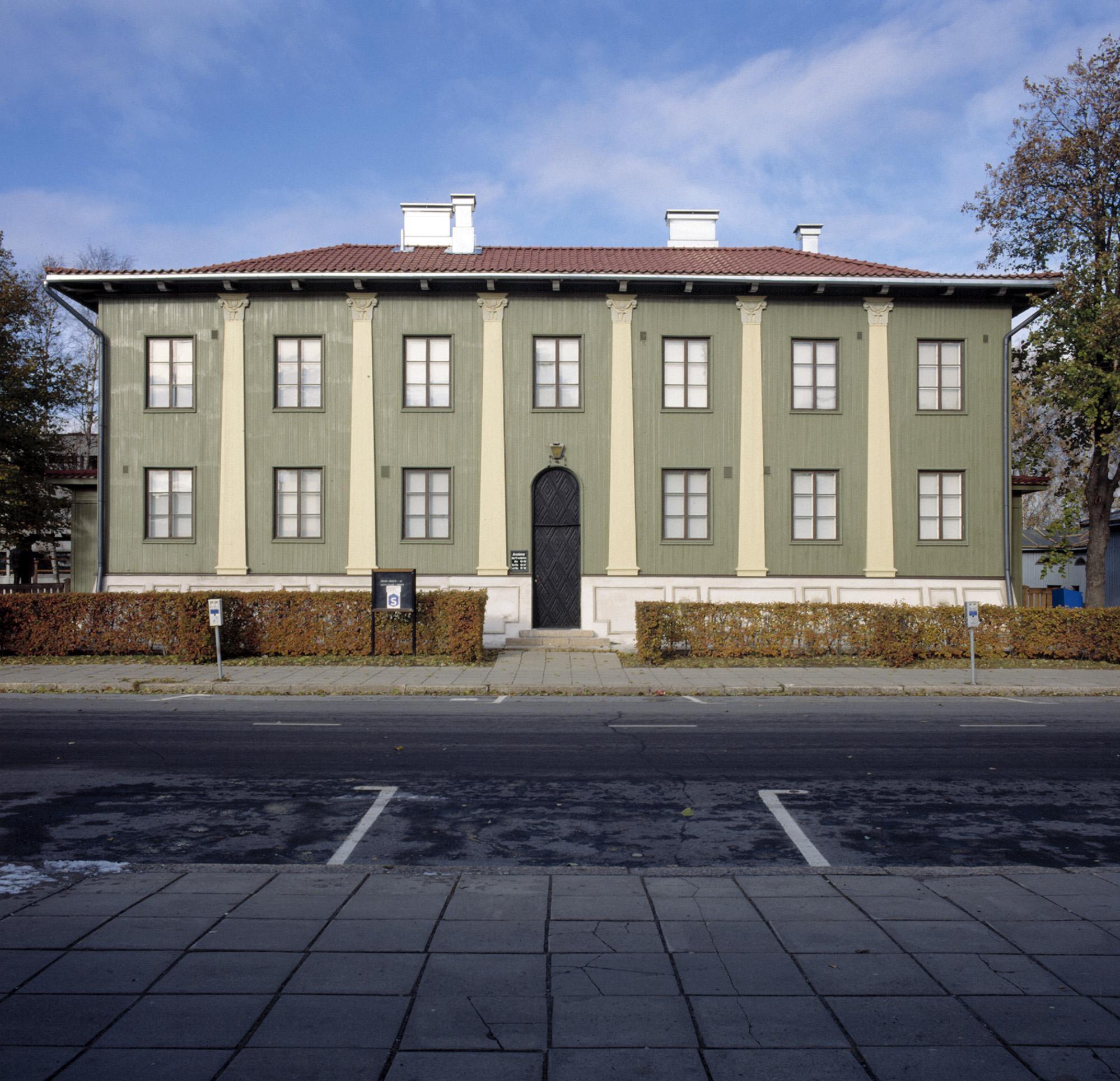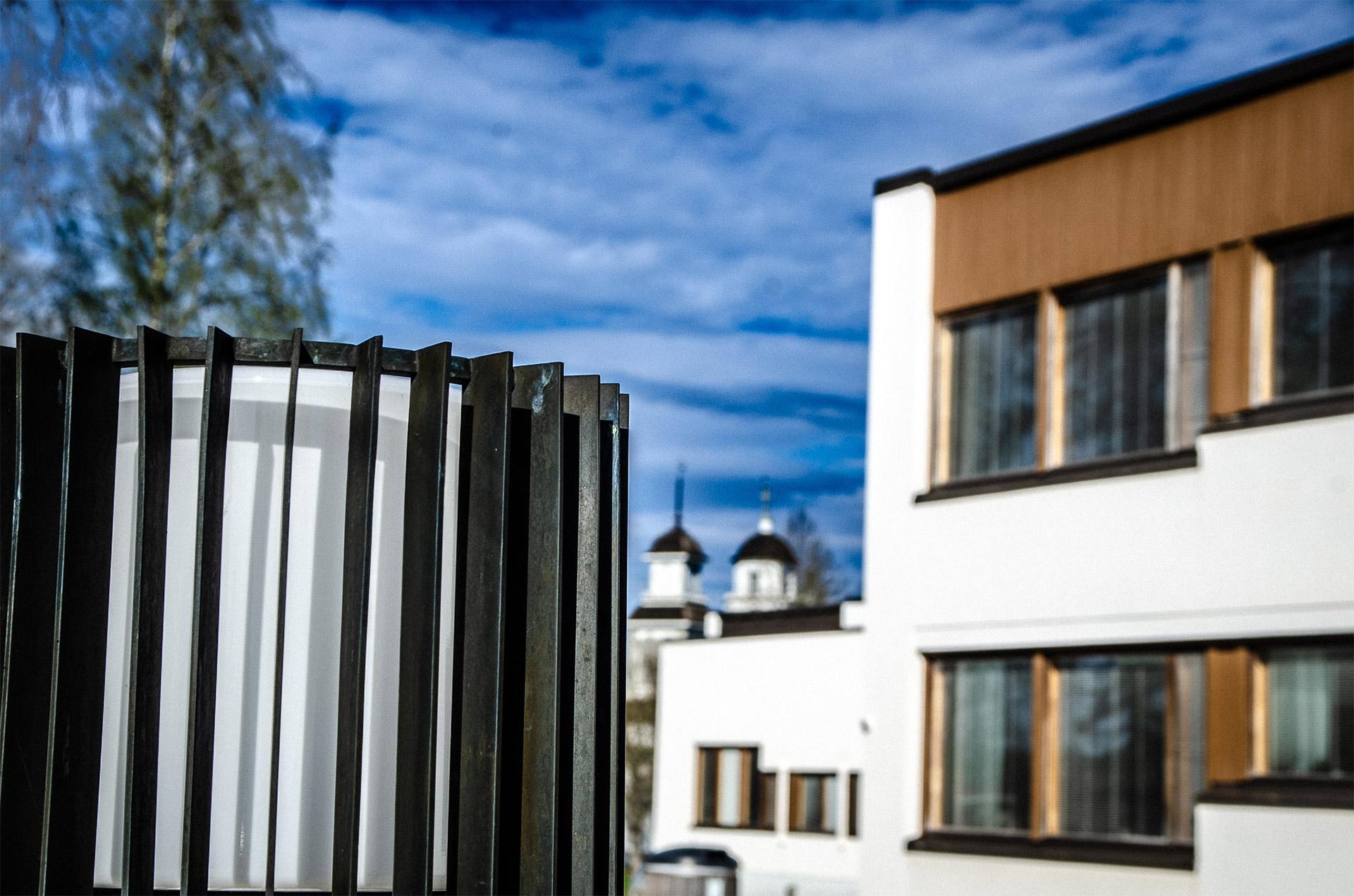Duration: 2 hours
Length: 6,8 km
In total, there are nearly 30 buildings designed by Alvar Aalto in the Jyväskylä region – ranging from his earliest work to designs made during his final stages. These include both private properties and public buildings, such as the Jyväskylä City Theatre, the University campus and AaltoAlvari Aquatic Centre. Alvar Aalto bicycle tour lets you see the center of Jyväskylä, while showing off the architecture of Alvar Aalto in different city districts.
Currently, Jyväskylä is known as a city of sports, and the region offers varied bicycle and hiking trails for people of all skill levels. What better way to see the works of the renowned architect than a bicycle tour? The beautiful lake landscape colors the hilly terrain, and the region offers a number of bicycle and hiking trails popular among the locals.
Our Alvar Aalto bicycle tour lets you see the center of Jyväskylä, while showing off the architecture of Alvar Aalto in different city districts. The bicycle tour starts at the Aalto2 -museum center (number 1 on the map), continuing to the center of Jyväskylä and towards the lake landscapes of Taulumäki and Viitaniemi. The tour then returns to the city center, visiting the University of Jyväskylä, one of the most architecturally interesting campus areas in Finland.
Route description
- Aalto2 Museum Centre
Alvar Aallon katu 7, 40600 Jyväskylä - Casa Laurén 1925–1928
Vapaudenkatu 12, 40100 Jyväskylä - Jyväskylä Administrative and Cultural centre 1964–1982
Vapaudenkatu-Kilpisenkatu-Hannikaisenkatu-Gummeruksenkatu, 40100 Jyväskylä - Defence Corps Building 1926–1929
Kilpisenkatu 8, 40100 Jyväskylä - Nikolainkulma
Vapaudenkatu 53, 40100 Jyväskylä - Workers’ Club 1924–1925
Väinönkatu 7, 40100 Jyväskylä (At the intersection of Väinönkatu and Kauppakatu) - Renovation of Nuora House 1923–1924
Hongikontie 9, 40200 Jyväskylä - Viitatorni 1957–1962
Viitaniementie 16, 40720 Jyväskylä - Aira House 1924–1926
Tapionkatu 2, 40100 Jyväskylä - Jyväskylä University Seminaarinmäki Campus 1951–1971
Seminaarinkatu 15, 40100 Jyväskylä - Villa Karpio 1923
Lehtisenkuja 1, 40600 Jyväskylä
